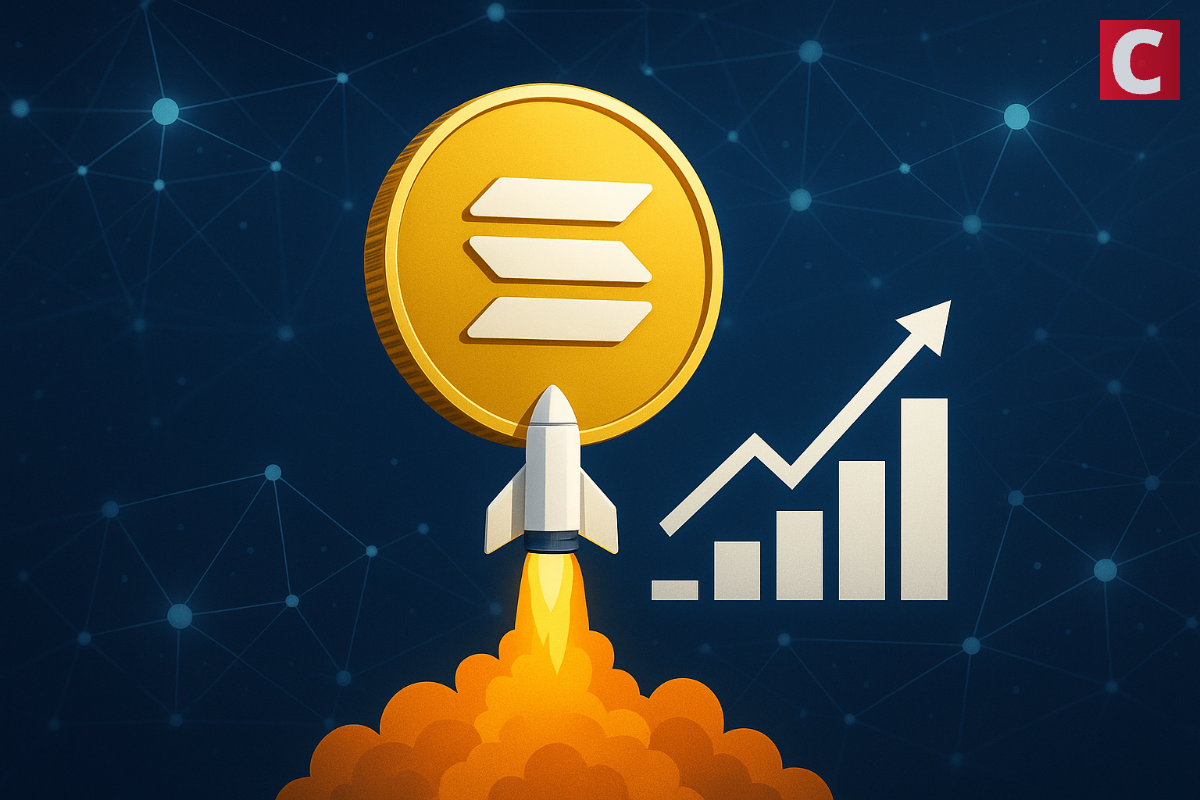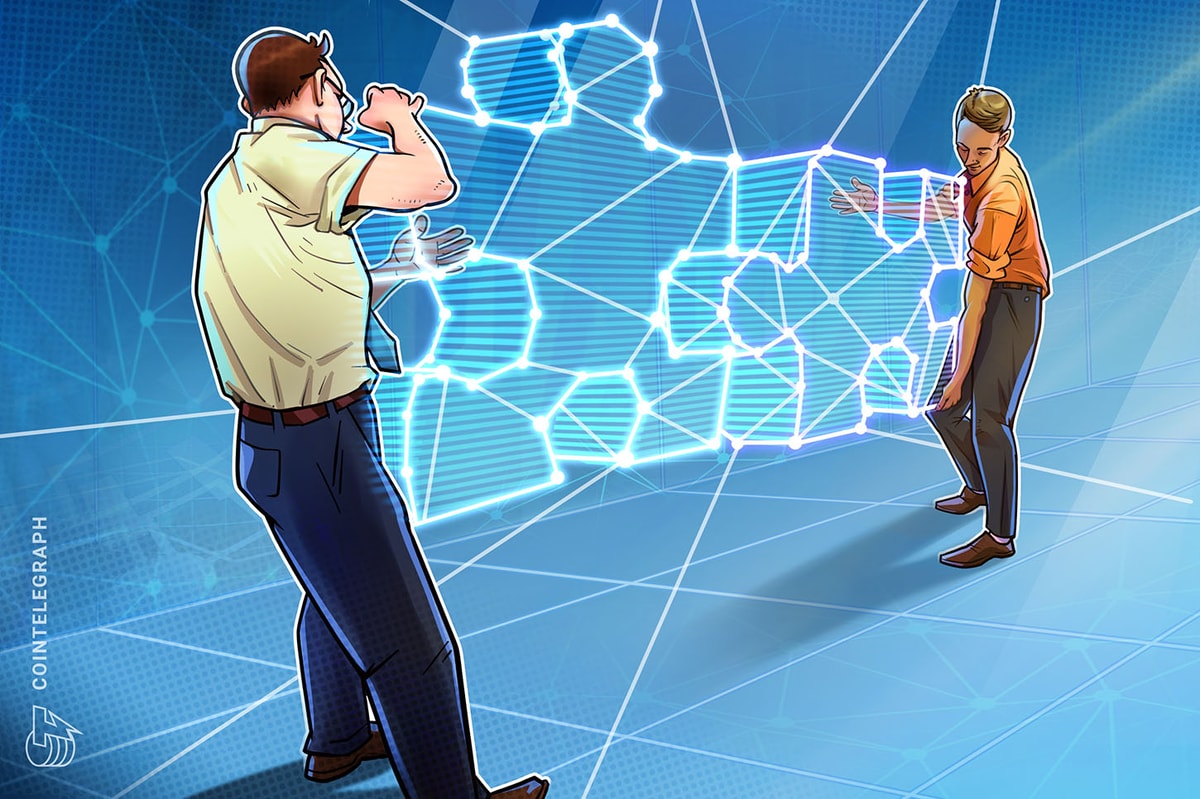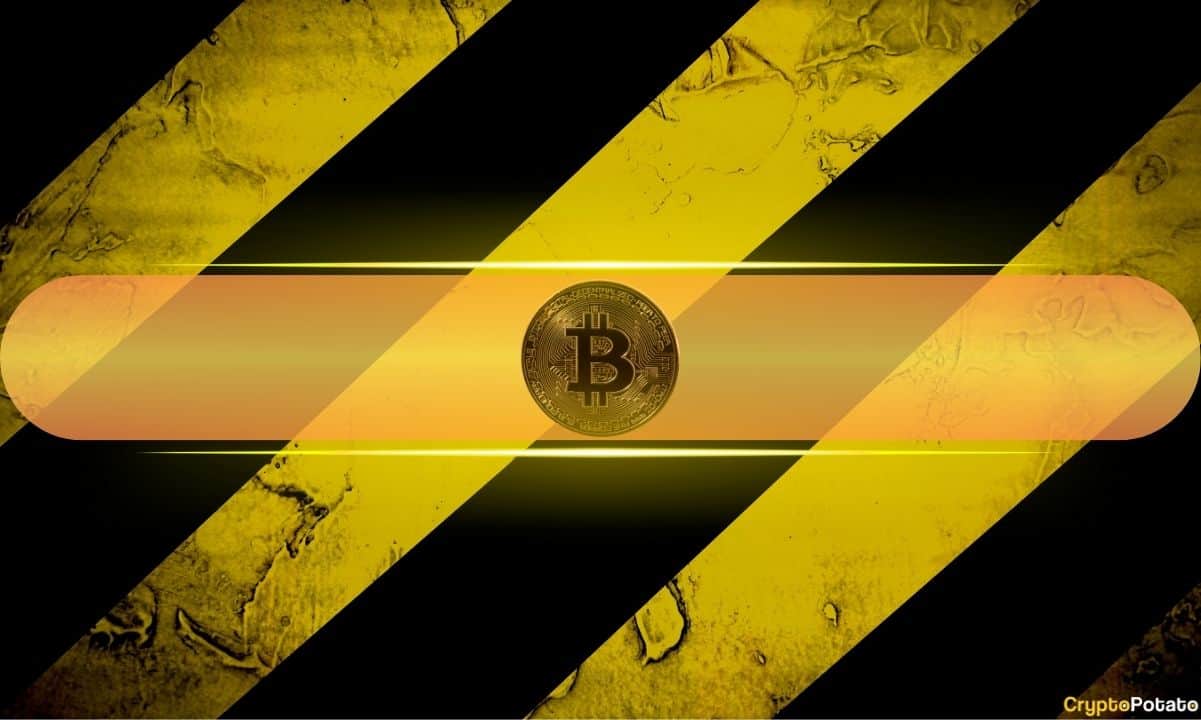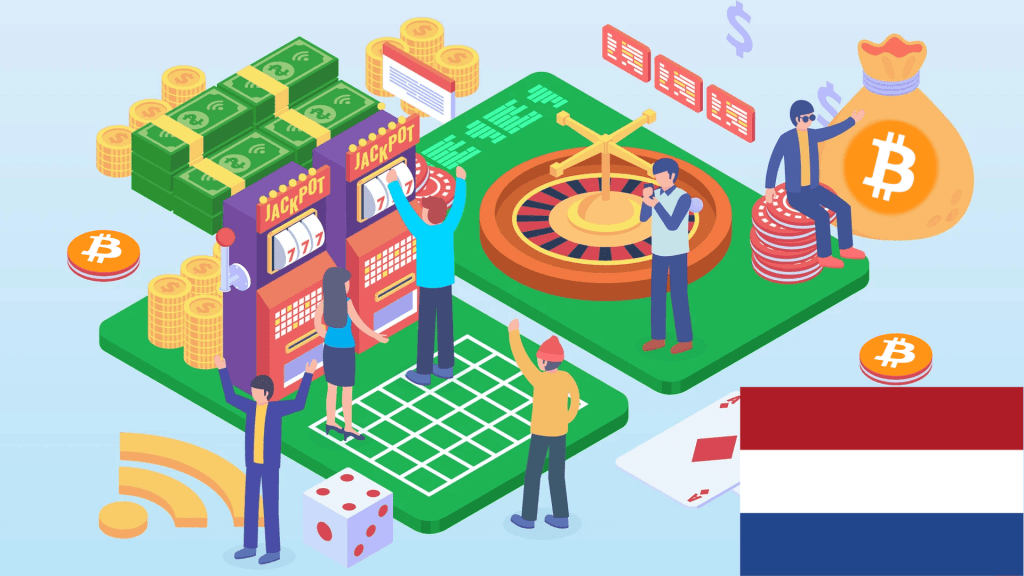In today’s connected world, owning hardware is no longer the only option. Crypto-powered device leasing is changing how people and businesses access tools, machines, and electronics. Instead of buying expensive hardware, users can lease it using crypto and blockchain systems. This model brings flexibility, cost savings, and new income streams to both users and hardware owners.
Thanks to technologies like DePIN (Decentralized Physical Infrastructure Networks), device sharing is now powered by smart contracts and tokens. From computers to mining rigs and even drones, people can now pay only for what they use. It’s a smart way to share hardware globally, securely, and fairly.
What Is Crypto Hardware Leasing?
Crypto hardware leasing means renting devices using cryptocurrency. These devices can be anything—from GPUs and laptops to cameras and 3D printers. Instead of paying with cash or signing a traditional contract, you use tokens or crypto to get short-term access.
The process is managed through smart contracts. These contracts live on the blockchain. They automatically start, track, and end the lease once both sides agree. No need for a middleman.
It also allows devices to be leased in smaller time blocks. You could use a device for just an hour or a few days. Everything is tracked on-chain, ensuring transparency and trust.
The Role of DePIN in Device Leasing
DePIN stands for Decentralized Physical Infrastructure Networks. These are blockchain-based platforms that connect physical devices to the digital world. With DePIN, a network of users can share and rent hardware securely.
DePIN helps in:
- Tracking device status (who has it, how long it’s used)
- Automating payments with tokens
- Managing availability in real time
- Verifying user identity without revealing private data
Think of it as Airbnb for machines, but controlled by code, not companies.
Tokenized Device Usage: How It Works
Tokenized device usage means turning hardware access into a digital asset. Each device or usage unit is linked to a token. Holding this token gives you the right to use the hardware.
Here’s a basic breakdown:
Step | Description |
1. Device is registered | Owner lists device on a leasing platform |
2. Token is created | Platform mints a usage token for the device |
3. User leases device | User buys or stakes the token to gain access |
4. Smart contract starts | Contract tracks usage time and payments |
5. Access is granted | Device unlocks or becomes available to the user |
6. Lease ends | Access stops, payment is settled via blockchain |
Everything is managed automatically. No paperwork, no phone calls.
Benefits of Crypto Hardware Leasing
This system offers value to many different types of users—developers, startups, gamers, researchers, and even creatives. Some key benefits include:
- Lower upfront cost – No need to buy expensive hardware.
- Flexible access – Rent a device only when needed.
- Global reach – Devices can be leased across borders.
- Passive income – Owners can earn from idle devices.
- Secure tracking – All usage is recorded on the blockchain.
- Fast payments – Tokens are sent instantly after usage.
For example, a film editor in India could lease a high-end GPU from someone in Japan, pay in crypto, and return it all in the same day.
Real-World Use Cases
Crypto-powered device leasing is already being tested in several areas. Here are some early examples:
- Cloud mining rigs – Instead of buying mining hardware, users lease it for a few hours and collect the output.
- AI model training – Developers rent GPUs or TPUs on a pay-per-minute basis.
- Drone services – Businesses can lease drones for delivery, mapping, or inspections.
- Edge computing – IoT networks lease processing power across many small machines.
- Event equipment – Cameras, lighting gear, and streaming tools leased for one-time use.
These use cases prove that hardware doesn’t have to sit unused. With tokenized access, it can become a shared global resource.
Challenges and Considerations
Of course, this model is not without its problems. Crypto hardware leasing and DePIN leasing platforms must solve a few key issues:
- Device security – How do you protect physical items from damage or theft?
- Insurance and warranties – Who is responsible if something goes wrong?
- User identity – While Web3 values privacy, leasing may still require verification.
- Internet access – Not all devices can operate remotely or unlock automatically.
- Legal gray areas – Many countries don’t yet recognize tokenized leasing as a legal contract.
Still, platforms are actively working on these challenges. Combining GPS tracking, smart locks, and insurance tokens could make the system more secure.
The Future of Tokenized Hardware Access
The market for tokenized device usage is expected to grow as more people discover the benefits of renting hardware using crypto. With increased DePIN adoption, more devices will join the leasing network. This will make it easier for people to start a business, create content, or mine crypto—without having to buy anything.
In the future, we may see shared access to cars, robots, solar panels, and even home appliances—all powered by crypto.
Crypto hardware leasing is more than a new payment method. It’s a new way of thinking about ownership and access. With DePIN leasing and tokenized device usage, we can unlock the full value of the hardware we already have. Whether you’re a user looking to rent or an owner looking to earn, the opportunities are only just beginning.
Remember, investing in cryptocurrencies involves risks, and it’s important to conduct thorough research and seek professional advice before making any financial decisions. (Please keep in mind that this post is solely for informative purposes and should not be construed as financial or investment advice.)

















 English (US) ·
English (US) ·